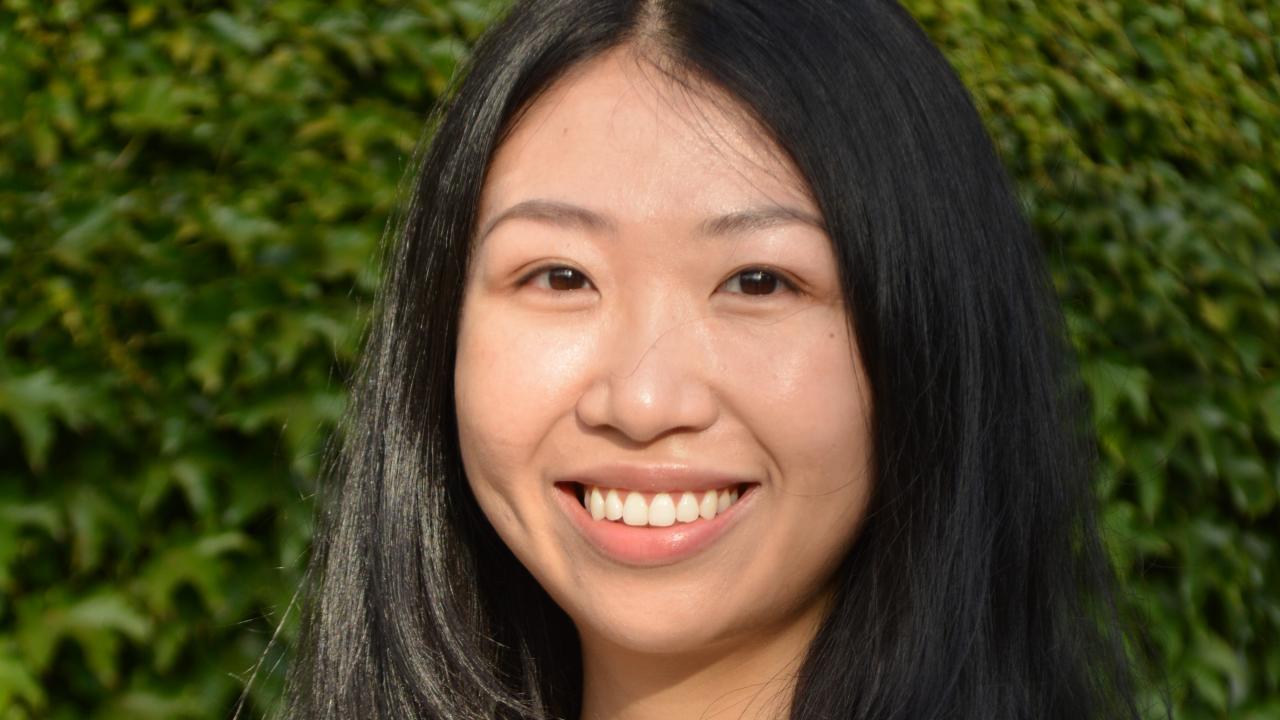
Faculty Spotlight: Assistant Professor Yi Xue, PhD
Dr. Yi Xue is Assistant Professor in the Department of Biomedical Engineering and Affiliate Faculty at the Center for Neuroengineering and Medicine at UC Davis. She is also affiliated with the Biomedical Engineering Graduate Group and the Electrical and Computer Engineering Graduate Program.
Background
Dr. Xue received a B.S. in Optical Engineering at Zhejiang University in China, and a M.S. and Ph.D. in Mechanical Engineering at MIT. She did postdoctoral training in the Department of Electrical Engineering and Computer Science at UC Berkeley.
As an Assistant Professor in the Department of Biomedical Engineering at UC Davis, Dr. Xue leads the Computational Optics for Biomedical Imaging (COBI) lab and is affiliated with the UC Davis Center for Neuroengineering and Medicine.
Her research has been supported and recognized by significant awards, including the NIH MIRA Award (Maximizing Investigators’ Research Award), Weill Neurohub Fellowship, and the JenLab Young Investigator Award.
- How do you describe your research?
My group currently focuses on two projects: multiphoton microscopy for deep tissue imaging, and multimodal fluorescence and phase imaging. The first project aims to develop a new two-photon microscope with scattering correction. This innovation will enable noninvasive imaging of neuronal activity and hemodynamics deep in the mouse brain. The approach corrects tissue scattering by guiding light into the high-transmission channels of scattering tissue. The second project aims to develop a multimodal microscope for simultaneous imaging of fluorescent-labeled and label-free structures in the same sample. The multimodal imaging will allow us to study the interactions between molecular specified structures and the underlying environment. Our major approach is to use machine learning algorithms for reconstructing 3D refractive index from diffracted fluorescent images.
Together, these projects will serve as powerful tools for monitoring longitudinal changes of neurons, glial cells, and blood vessels in the mouse brain in vivo, to significantly advance the study of pathology of broad neurodegenerative and cerebrovascular diseases.
- What do you like to do when you are not in the lab or at work, i.e. not doing science?
Outside the lab, I enjoy spending time with my family, whether it’s exploring new restaurants, cooking together, or simply unwinding with a good movie. I also like to stay active by hiking and playing badminton. I like reading books on history and philosophy, as they provide a refreshing perspective beyond science. When I have the chance, I also enjoy traveling to experience different cultures and cuisines.
- What got you hooked on science? Who inspired you?
My fascination with science began at an early age when I was captivated by the elegance of physics and the way it reveals the underlying principles of the universe. I was particularly drawn to the interplay between light and biological tissue, which later led me to pursue research in optical microscopy. Along the way, I have been inspired by many mentors, including my PhD advisor, Dr. Peter So (MIT), and my postdoctoral advisor, Dr. Laura Waller (UC Berkeley), whose curiosity-driven approach and deep insights have profoundly shaped my scientific perspective. Their ability to ask fundamental questions and push the boundaries of experimental physics has fueled my passion for discovery and exploration.
- Please share a less-than-perfect experience, like a failure or a challenge.
I faced significant challenges in securing external funding to support my research during the first two years of establishing my independent lab at UC Davis. Despite submitting many proposals, I was initially unsuccessful in obtaining funding. Optical microscopic imaging, my field of research, is also a relatively underfunded area, making the process even more difficult. However, through this experience, I learned how to craft compelling proposals that clearly communicate my research to reviewers. I also received tremendous support from my colleagues, collaborators, and students. The reviewers’ insights were invaluable in refining my proposals, ultimately leading to my successful funding from NIGMS.
- And how about a favorite success?
My favorite success is the recent acceptance of our paper on 2P-FOCUS for deep tissue imaging (Scattering correction through Fourier-domain intensity coupling in two-photon microscopy (2P-FOCUS)) in Photonics Research—the first publication from my lab supported by the NIH MIRA Award. In this work, we were able to largely improve the image signal-to-noise ratio when imaging deep in the intact mouse brain, potentially facilitating the study of neural activities and hemodynamics in deep brain regions in vivo. This work represents a key breakthrough in our efforts to advance optical microscopy for deep tissue imaging, and seeing it come to fruition was incredibly rewarding. It was the result of my team's dedication, persistence, and innovative thinking. These achievements have reinforced my confidence in our research vision and the impact we aim to make in brain imaging.
- Do you have a favorite piece of advice for students interested in neuroengineering?
My advice for students interested in neuroengineering is to develop a strong foundation in both engineering and neuroscience while staying open to interdisciplinary approaches. Neuroengineering is a rapidly evolving field that thrives on collaboration between physicists, engineers, biologists, and clinicians. Don't be afraid to step outside your comfort zone—whether it’s learning new imaging techniques, diving into computational modeling, or exploring the latest advances in optics. Seek mentorship, stay curious, and embrace the excitement of discovery.

For a list of Dr. Xue's publication, please visit this link.
